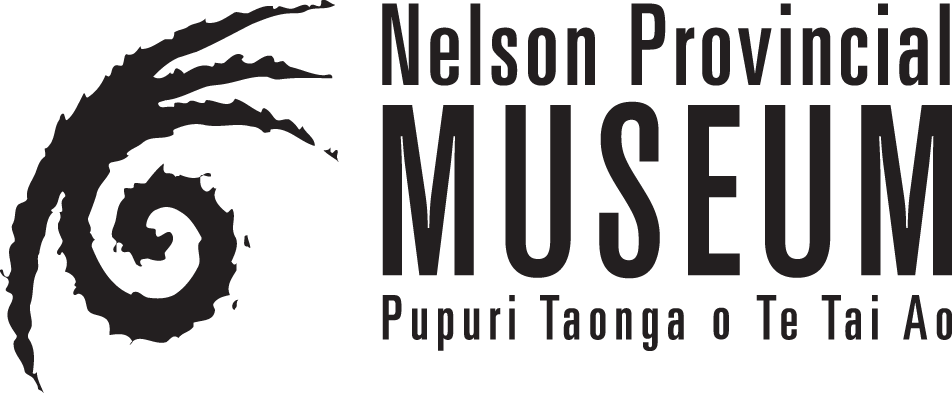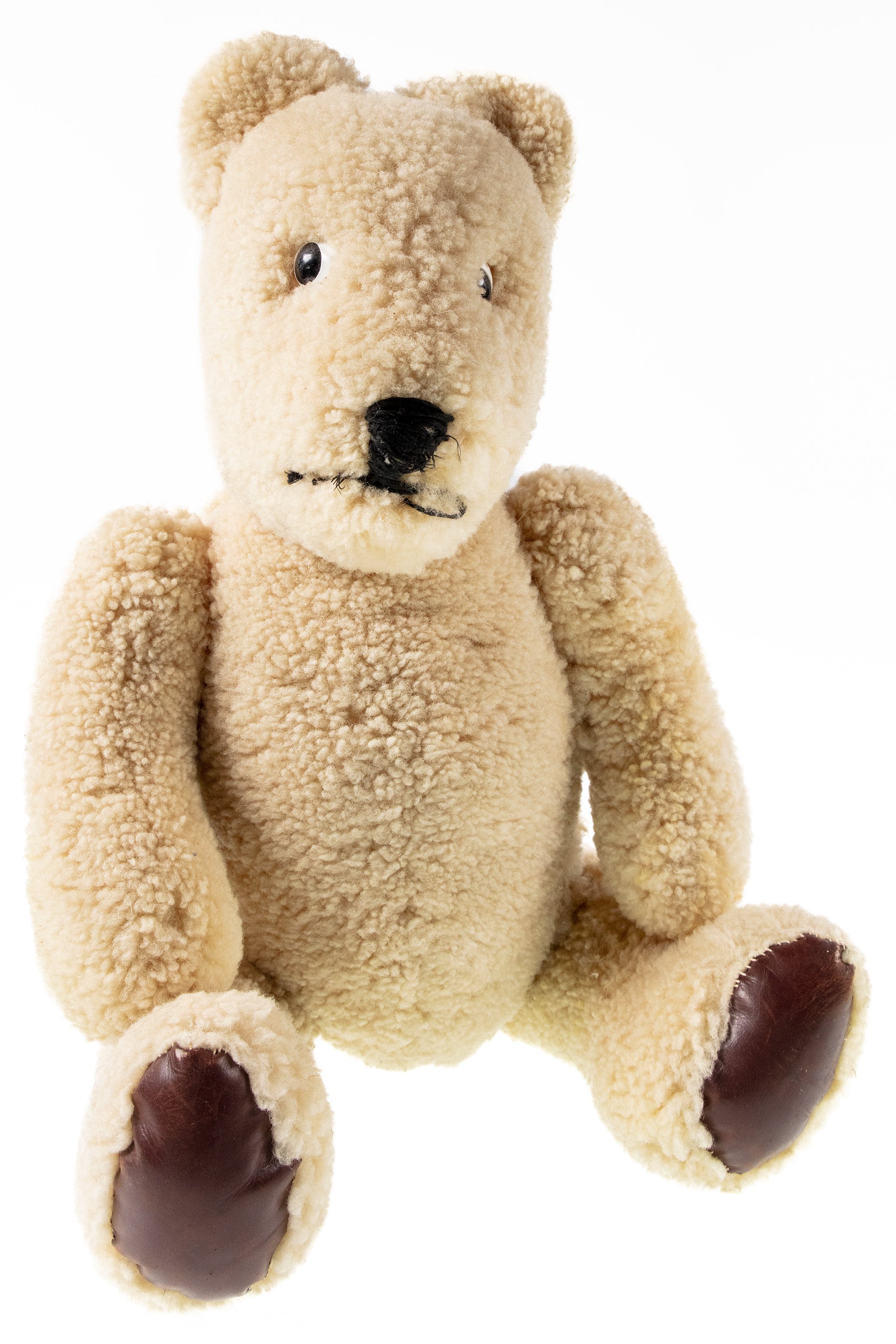Renowned painter Gottfried Lindauer’s Nelson connection
Image: Green’s Great-Great-Grandson, richard Thompson with the portrait of edward green by lindauer (1857) which was donated to the Museum in august 2020
The name Gottfried Lindauer is renowned in New Zealand. A historically important painter, he is especially revered for his depictions of Māori. The recent donation of a Lindauer painting to Nelson Provincial Museum, depicting a prominent Nelson settler named Edward Green, brings forth the less well-known connection the artist has to Nelson.
Green was a tailor, farmer, businessman and significant land holder in early Nelson. He was also a Methodist layman reputed to have delivered the first Methodist sermon in Nelson, in 1842. That he was the type of well to do individual likely to have their portrait captured for posterity is also evidenced by a number of portraits of him in our photographic collection.
Image: Mr Green, Snr. Nelson Provincial Museum, Davis Collection: 1083
Aside from the portrait of Edward Green there are other well-known Nelsonian figures captured in oil by Lindauer – such as Huria Matenga and Father Antoine Garin, both of whom also have portraits in our photographic collection.
Lindauer, emigrated from Bohemia in what is now the Czech Republic. When he arrived in Nelson, soon after his New Zealand arrival in Wellington in 1874, he spoke little English.
Image: Father Antoine Marie Garin. William Davis. Nelson Provincial Museum, Davis Collection: 951
Having trained at the Vienna Academy of Fine Arts he filled a gap in the Nelson market for a fine portrait artist and established a studio in Trafalgar Street. Although unknown at the time, Lindauer quickly established a reputation for his ability to paint likenesses, from a sitting or even a small photograph. This evident talent secured him a commission by the congregation of St. Mary’s to paint Father Antoine Garin, of whom the Nelson Evening Mail at the time said “no-one in the town [is] more generally beloved and respected”. And of the resulting portrait it was remarked that “The likeness is perfect, the execution admirable”.
Also painted by Lindauer, soon after his arrival in Nelson in 1874, was Huria Matenga – famous for her role in the rescue of the crew of the brig Delaware off the shore of Whakapuaka in 1863. Based on a photograph, rather than a sitting, this painting was retained by Lindauer and eventually made its way into the Partridge Collection which now resides in Auckland Art Gallery. The photo is said to have come from W E Brown. An association with Brown is evident in the Museum’s Collection in the form of a carte de visite photograph of Lindauer with an unknown man, taken by Brown in 1875.
Lindauer spent a short period of time in Nelson from 1874 to 1875, and we have in the Museum’s Collection a remarkable series of three photographic glass plate negative portraits taken of Lindauer by early Nelson portrait photographer William Davis during this time.
This period was also the time in which Lindauer painted the recently donated portrait of Edward Green, and a photograph of Green – also taken by Davis at around the same time – exists in the Museum’s Collection.
Interestingly, Lindauer’s painted portraits were not always composed during the subject’s lifetime. Following the death of Huria Matenga in 1909 the citizens of Nelson subscribed funds for a posthumous portrait of their local heroine to be painted by Lindauer’s adept hand. Based on a photograph and painted in Lindauer’s home studio in Woodville, the portrait depicted a distinguished Matenga seated and holding the feathers of a Huia with the Delaware in trouble amid menacing weather in the background. The portrait was destined for the Suter Art Gallery.
In 1875 Lindauer would travel on to the North Island, acquiring patrons and prestige, and establishing himself as a highly sought after itenarant artist. His ability to capture a likeness on canvas left behind a legacy of historically important New Zealand paintings. It was a legacy that began in Nelson.
Written by Darryl Gallagher - Senior Curator, Photography
Image: Gottfried Lindauer. Nelson Provincial Museum, Davis Collection: 10632_cropped
Image: Gottfried Lindauer and unnamed. W E Brown. Nelson Provincial Museum Collection: 282278









